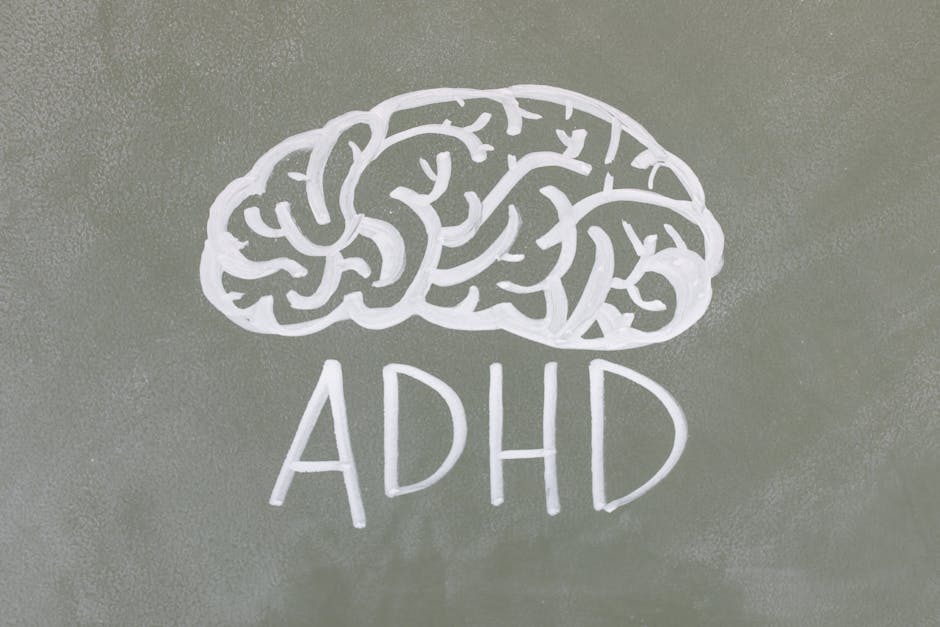Sensory Learning Environments: Engage and Retain in Online Courses
The landscape of education is continuously evolving, and in 2025, the integration of sensory learning environments is revolutionizing the way students engage with online courses. Utilizing multi-sensory approaches not only enhances engagement but also significantly improves retention rates among learners. As the world increasingly shifts towards online education, understanding how to create a stimulating environment that caters to various senses is critical—not just for educators but for anyone involved in course design.
Understanding Sensory Learning Environments

Sensory learning environments embrace the idea that stimulating multiple senses can enrich the learning experience. Traditional online courses often lean heavily on visual aids, such as information-dense slides and text-based content. However, by weaving in auditory, tactile, and even olfactory elements, educators can create a more immersive learning atmosphere. For instance, imagine a history lesson where students can listen to ambient sounds from the past, such as bustling city streets or nature sounds from historic landscapes. Making these experiences multi-dimensional sets the stage for deeper understanding and connection.
The Importance of Engagement in Learning

Engagement is at the heart of learning, influencing motivation and the ability to absorb information. According to research from Harvard Business Review, interactive elements in educational settings significantly increase learner interest and retention. When students feel more involved, they are less likely to disengage. This concept is particularly relevant in large online courses, where it’s easy for learners to become passive observers rather than active participants.
To foster this engagement in online courses, it can be immensely beneficial to implement sensory techniques. By employing various stimuli, educators can offer students a more enriched understanding of the subjects at hand. Coupled with this, online quizzes, discussion prompts, and experiential assignments can make learning both fun and effective—ultimately leading to a more profound retention of information.
Multi-Sensory Approaches: Strategies to Implement

When designing online courses, educators can integrate a variety of sensory stimulation strategies that target multiple learning styles. Here are several effective approaches:
1. Visual and Auditory Stimulation

A combination of rich visuals—like infographics and videos—with sound elements, such as background music or ambient sounds related to the subject matter, can significantly enhance the retention of information. For instance, during biology lessons on ecosystems, incorporating sounds of the habitat, alongside vibrant images, can make students feel more connected to the material.
2. Interactive Simulations

Utilizing technologies like virtual reality (VR) and augmented reality (AR) can create experiences that engage both visual and tactile senses. Online courses, such as those on history or science, can benefit immensely from ongoing developments in these areas, creating simulations that allow students to experience events or processes first-hand.
3. Reflective and Kinesthetic Learning

To activate the tactile sense, creating assignments that encourage hands-on activities, even in a digital format, can aid in learner engagement and the retention of information. For instance, an online art class can have students create artwork that reflects the techniques being taught and share their experiences in discussion forums.
The Neuroscience Behind Multi-Sensory Learning

The field of neuroscience supports the argument for multi-sensory learning. Studies have shown that engaging multiple senses can help forge stronger neural connections in the brain, thereby enhancing memory retention. In particular, the dual coding theory suggests that visual and auditory information is processed in two different channels, allowing for more effective learning. For educators, integrating this information into their course design could mean significant improvements in student outcomes.
The Role of Emotional Connections

Furthermore, emotional involvement often leads to better retention. When learners experience feelings—whether through storytelling or dramatic teaching methods—they’re more likely to remember the content. Just as storytelling captivates audiences, weaving emotional narratives into lessons can further bolster engagement.
Creating Feedback Loops for Continuous Improvement

Effective multi-sensory learning environments depend on continuous feedback. Utilizing tools for assessment not only helps educators gauge student understanding but also refines the overall learning strategy based on these insights. The ability to adapt course materials based on real-time feedback can mold a responsive educational environment.
Utilizing Analytics for Personalization

With advancements in technology, leveraging analytics can help educators identify which sensory strategies work best for individual learners. Understanding data trends allows for tailored approaches, fostering a personalized learning experience that can adapt to various demographics and learning styles.
The Future of Sensory Learning in Online Courses

Looking towards 2025 and beyond, the importance of sensory learning environments in online education will only grow. Incorporating technologies like AI-driven empathy training can drastically shift interpersonal dynamics in online courses, enhancing not only cognitive understanding but emotional intelligence as well. Learning spaces will increasingly embrace neurodiversity, recognizing the the diverse spectrum of how individuals process information and engage with content.
Staying Ahead in Online Education

As competition in the online education space intensifies, a focus on sensory experiences can serve as a unique selling point. It's not merely about imparting knowledge anymore; it’s about creating memorable experiences that resonate with students on multiple levels. To remain competitive, course designers should continually explore innovative approaches, leveraging emerging technologies and techniques.
The Power of Community

Building a strong community within online courses can also contribute to sensory learning. Encouraging collaboration helps students feel more connected, which can mitigate feelings of isolation often associated with online learning. Providing forums, breakout sessions, and group activities can foster these interactions.
Final Thoughts

In a rapidly developing educational landscape, tailoring multi-sensory approaches in online courses presents an extraordinary opportunity. The data and insights from neuroscience, along with the rise of advanced technologies, underscore the necessity of engaging multiple senses in learning environments. Combined with genuine community engagement, these elements provide fertile ground for enriched educational experiences.
Educators and course designers who successfully implement these techniques will not only foster deeper understanding among their students but also inspire lifelong learning. As we forge ahead towards a new era of education, let’s embrace the vast potential of sensory learning environments and revolutionize engagement and retention in online courses.
Related Articles
Discover more about innovative learning techniques through our articles: Learn through laughter, digital minimalism, and emotional intelligence in online education.



